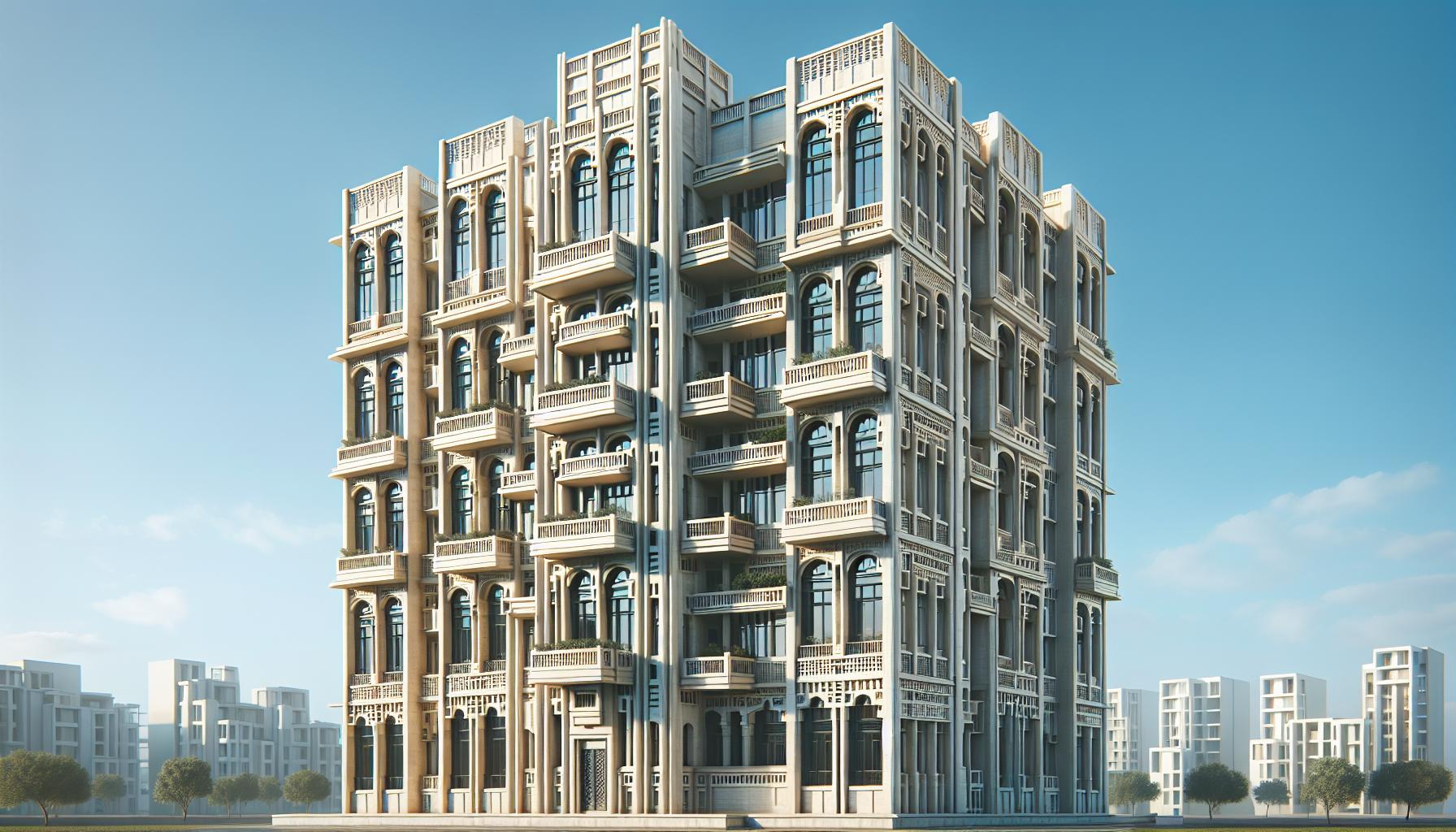Proportion plays a crucial role in design, influencing how viewers perceive and interact with visual elements. It’s not just about making things look good; it’s about creating harmony and balance that guide the eye naturally. When designers understand and apply proportion effectively, they can evoke emotions and convey messages more powerfully.
In various fields—architecture, graphic design, and product development—proportion helps establish relationships between elements, making compositions feel cohesive. This article explores the significance of proportion in design, shedding light on its impact on aesthetics and functionality. By grasping the importance of proportion, designers can elevate their work and create experiences that resonate with their audience.
Table of Contents
ToggleWhy Is Proportion Important in a Design? Responses
Proportion defines the relationship between different elements within a design. It influences visual balance and guides the viewer’s focus. Effective use of proportion creates a sense of harmony, ensuring that no single element overwhelms others.
In graphic design, for example, proportion aids in shaping layouts and establishing visual hierarchy. Designers typically apply the Golden Ratio, a mathematical ratio of 1:1.618, to create aesthetically pleasing compositions. This ratio can be observed in natural forms, architecture, and artworks, demonstrating its universal appeal.
In architecture, proportion determines scale and spatial relationships. Proper proportions ensure structures feel comfortable and functional. Architects often utilize modular systems or grid layouts to maintain proportional balance across designs.
In product development, proportion affects usability and ergonomics. Designers strategically select dimensions for comfort and functionality, ensuring that products fit the user’s needs. For instance, consider smartphones; their size, shape, and button placement directly impact user interaction.
Understanding proportion enhances designs significantly across various fields. By mastering this principle, designers can craft visually appealing and functional works that resonate with audiences.
Key Elements of Proportion

Proportion plays a crucial role in achieving effective design. It influences visual harmony, balance, and contrast, enhancing the overall aesthetic appeal of a project.
Visual Harmony
Visual harmony occurs when elements within a design relate proportionally to create a unified appearance. Designers often use techniques like the Golden Ratio or the Rule of Thirds to establish proportional relationships. For example, in graphic design, using a 2:3 ratio for images and layouts promotes visual comfort. In architecture, maintaining proportional relationships between windows, doors, and wall space contributes to a cohesive structure. Effective proportion forms a visual rhythm, leading to a more engaging experience for viewers.
Balance and Contrast
Balance ensures that no single design element dominates, creating an equitable distribution of visual weight. Designers leverage proportion to achieve symmetrical or asymmetrical balance. For instance, a symmetrically balanced design might position elements of equal size on either side of a central axis. In contrast, asymmetrical balance relies on differing sizes of elements while maintaining visual equilibrium. This balance enhances contrast, allowing critical elements to stand out, such as bold text against a subtle background. Ultimately, proportion aids both balance and contrast, making designs functionally and aesthetically pleasing.
Applications of Proportion in Design
Proportion plays a crucial role in various design disciplines. Its effective application enhances visual appeal and functionality across different fields.
Graphic Design
Graphic design leverages proportion to create visually engaging compositions. Designers often apply the Golden Ratio (1:1.618) to balance elements, ensuring they relate harmoniously. This ratio aids in establishing focal points and organizing layouts. The Rule of Thirds also serves as a valuable tool, dividing designs into nine equal parts to place key elements at intersecting lines. Such techniques guide viewer attention while creating a balanced visual hierarchy. Applications in typography, like maintaining consistent spacing and sizing, contribute to readability and aesthetic appeal.
Architectural Design
In architectural design, proportion crucially influences spatial relationships and scale. Architects use proportion to create comfortable and functional spaces. The Fibonacci sequence and Golden Ratio often inform building dimensions, ensuring structures appear visually appealing and harmonious with their surroundings. Proportionality affects not only the exterior appearance but also the interior layout, guiding movement and interactions within the space. Techniques like modular design utilize proportion to create cohesive elements that enhance usability and aesthetic coherence, resulting in environments that feel both inviting and purposeful.
Benefits of Proper Proportion
Proper proportion offers significant advantages in design. It elevates visual appeal and ensures functionality across various fields.
Enhanced Aesthetics

Improved Functionality
Improved functionality stems from well-considered proportions. In product design, proportion influences usability and ergonomics, enhancing the user experience. Designers consider factors like grip size and interface layout, ensuring elements fit comfortably and intuitively. In architecture, proportion affects spatial dimensions, allowing users to navigate spaces seamlessly. Structures with proper proportions feel more comfortable and inviting, which encourages interaction. For instance, adequately proportioned doorways and furniture promote ease of movement, enhancing practical use while maintaining an appealing aesthetic.
Aspect of Design
Proportion is a fundamental aspect of design that significantly impacts visual perception and user experience. By establishing harmony and balance among elements, it guides the viewer’s eye and enhances emotional resonance. Whether in graphic design, architecture, or product development, effective use of proportion fosters a cohesive relationship between components, ensuring that no single element overshadows another.
Understanding the principles of proportion allows designers to create aesthetically pleasing and functional spaces that resonate with audiences. Ultimately, mastering proportion not only elevates the overall design but also enhances usability and engagement, making it an essential consideration in any design project.

